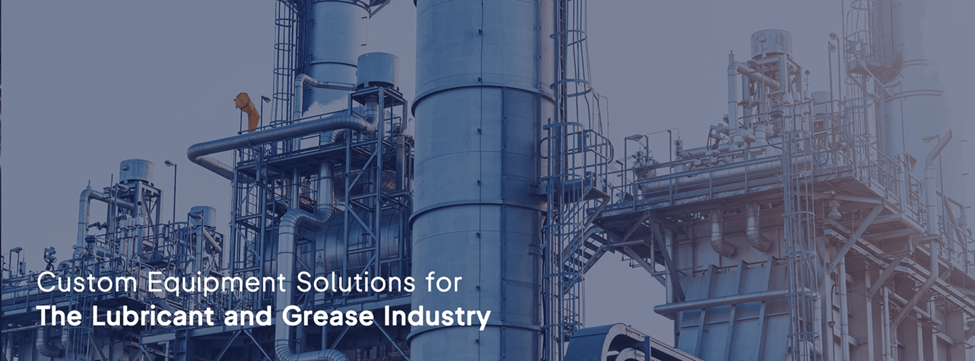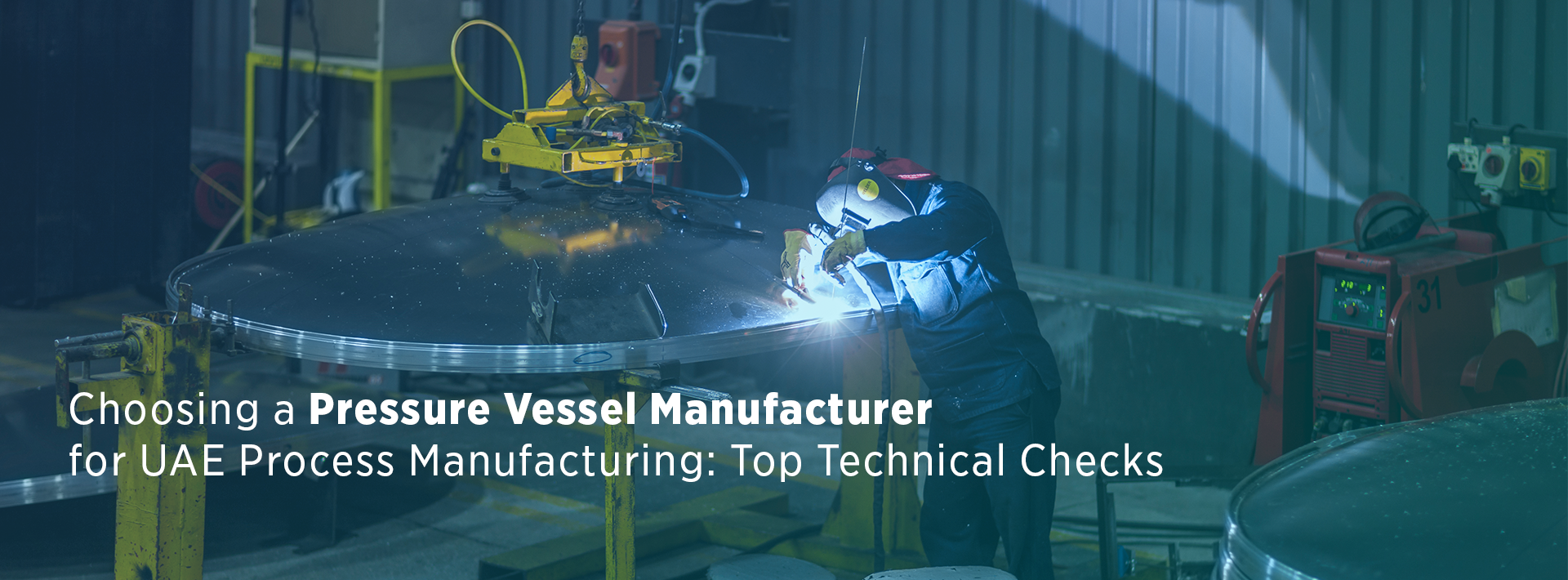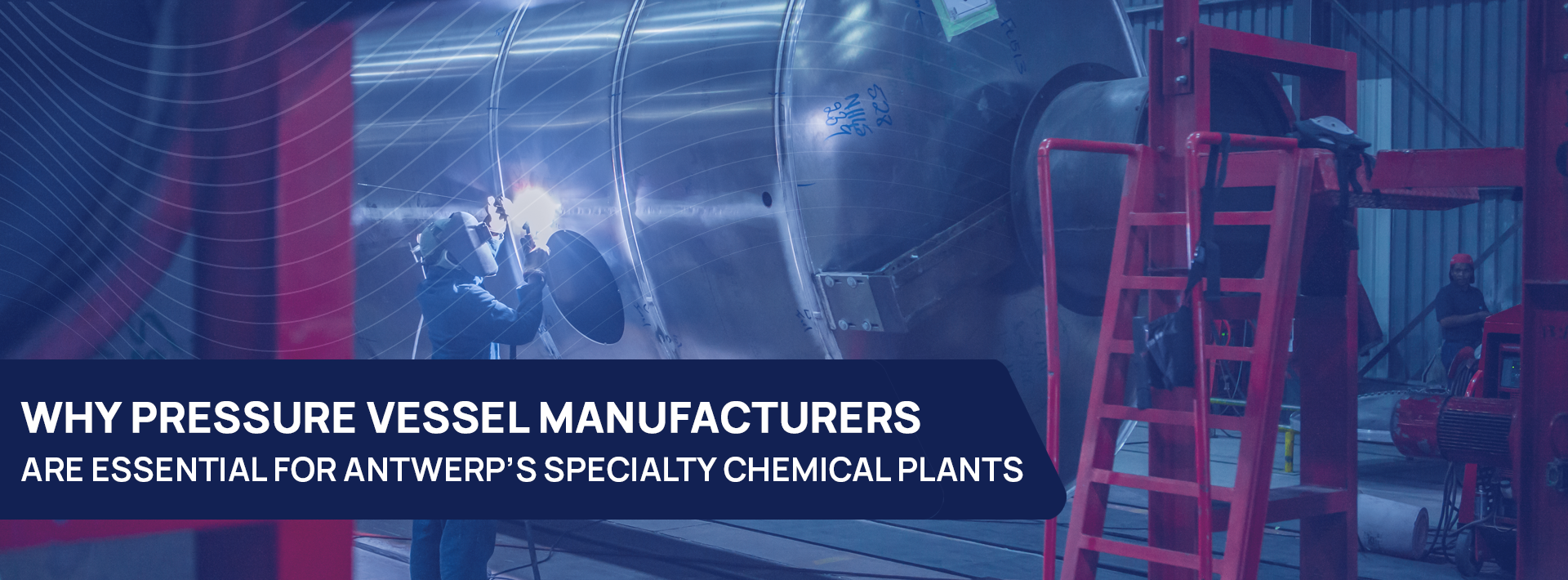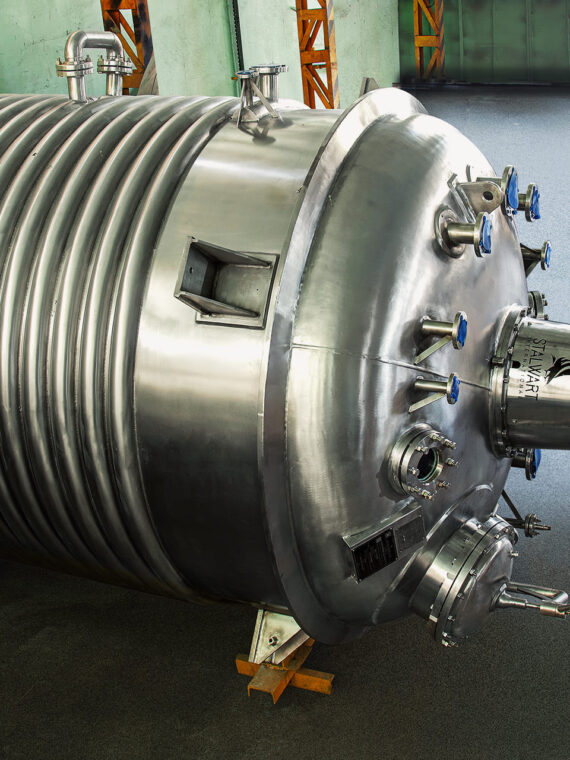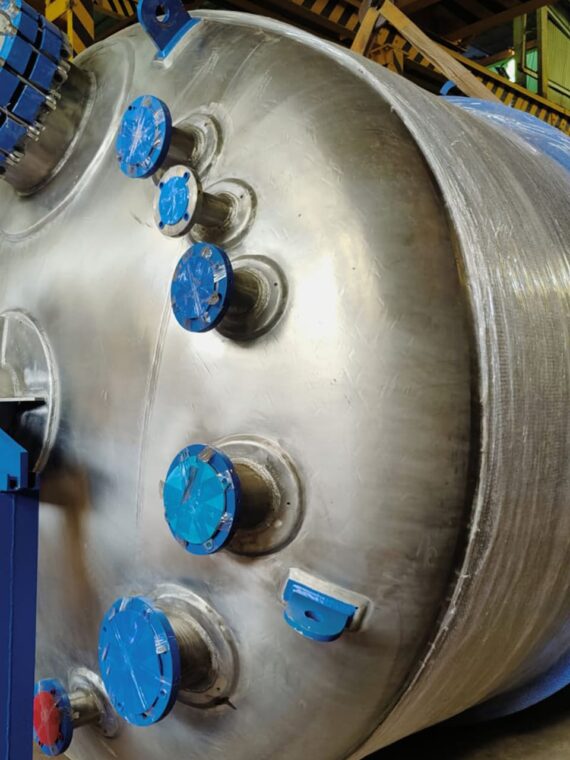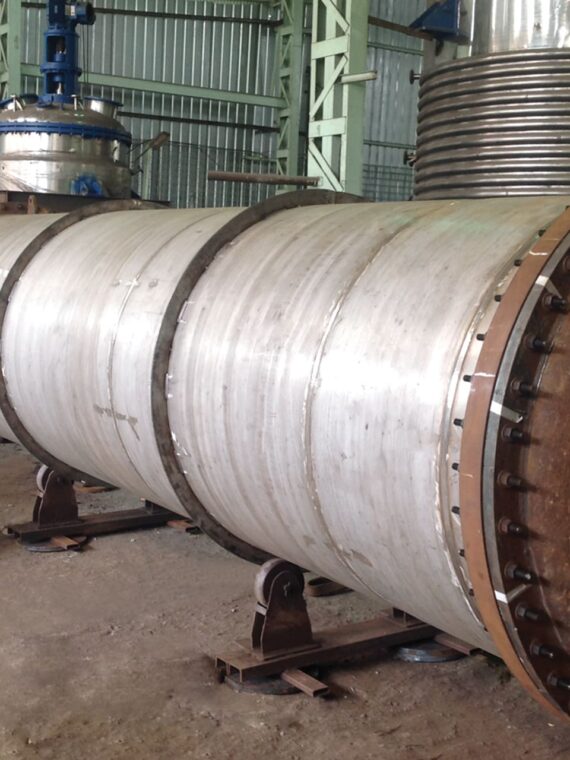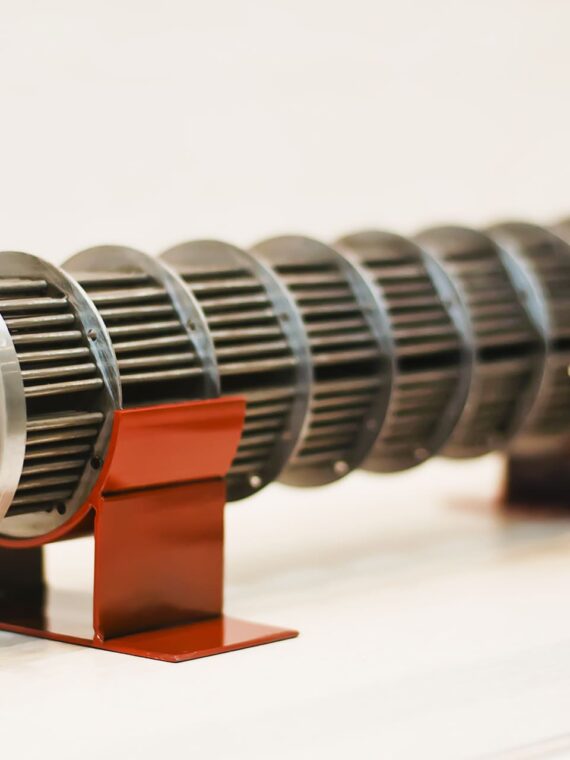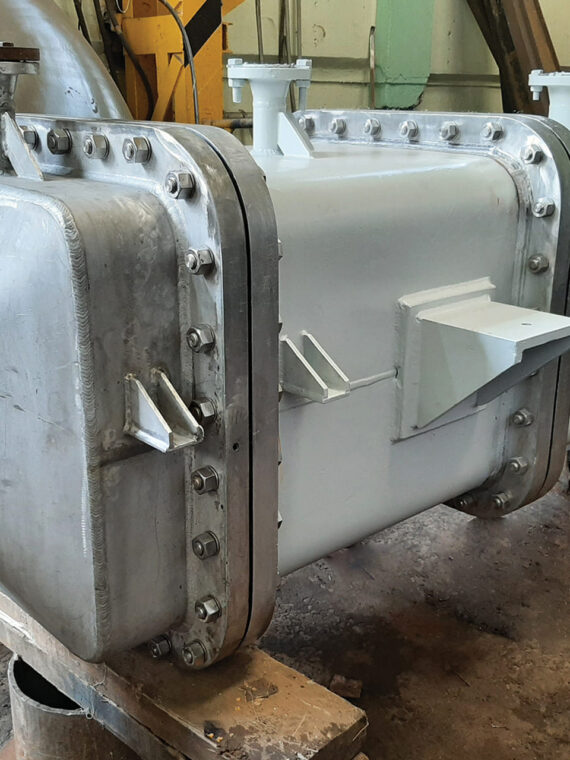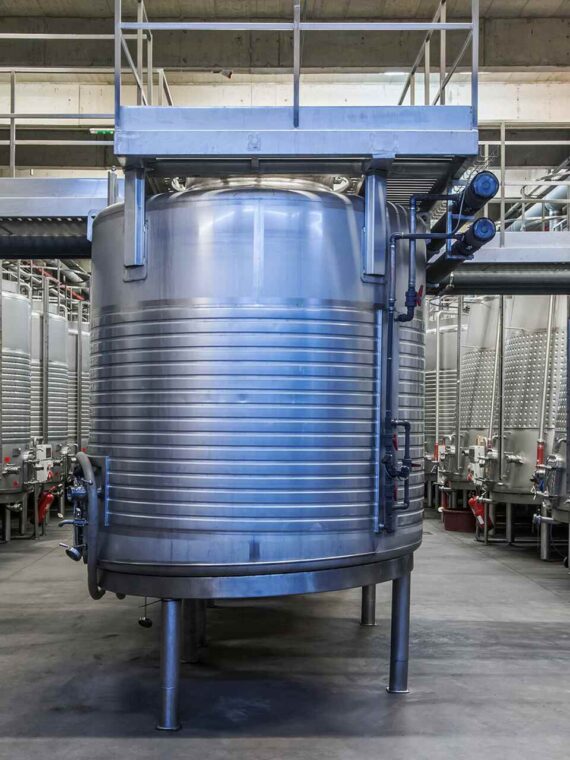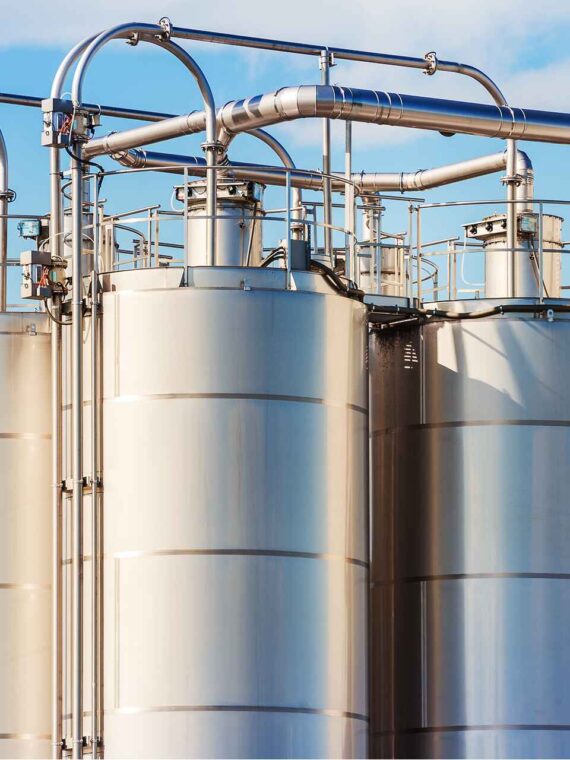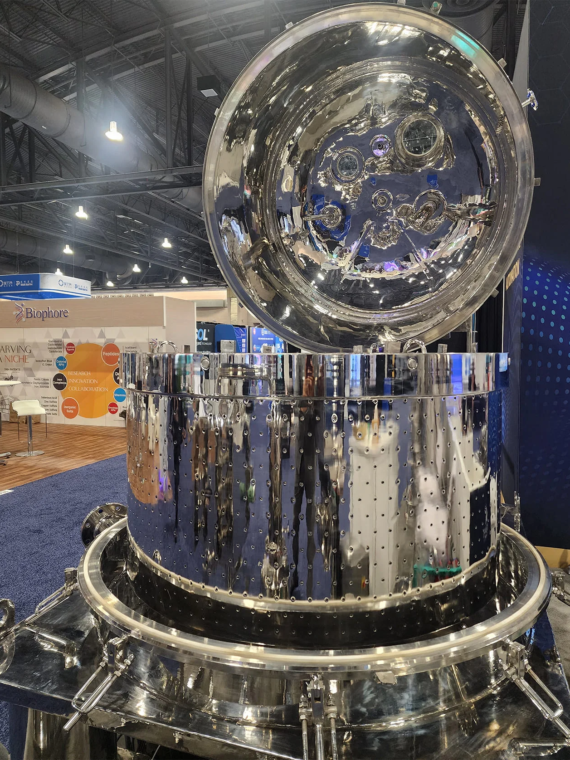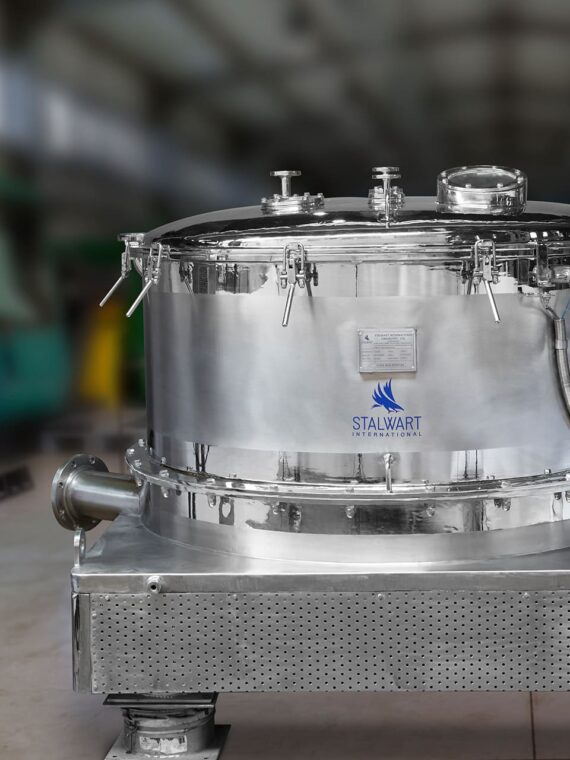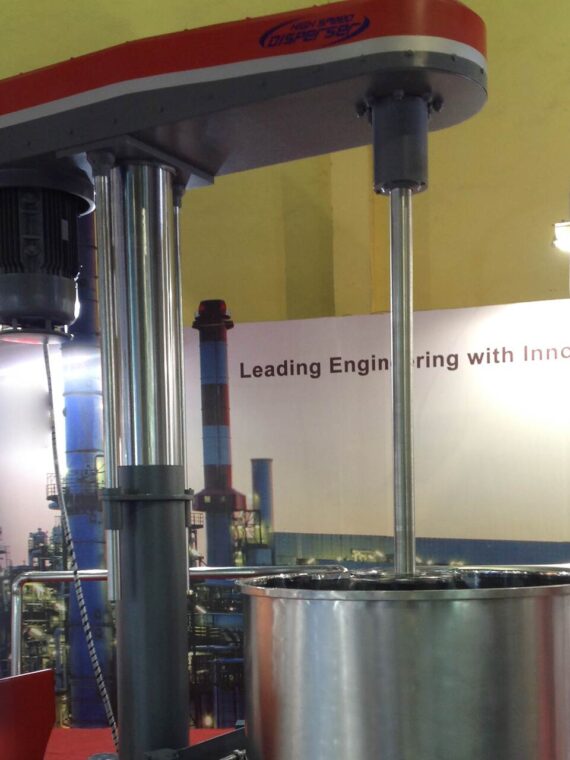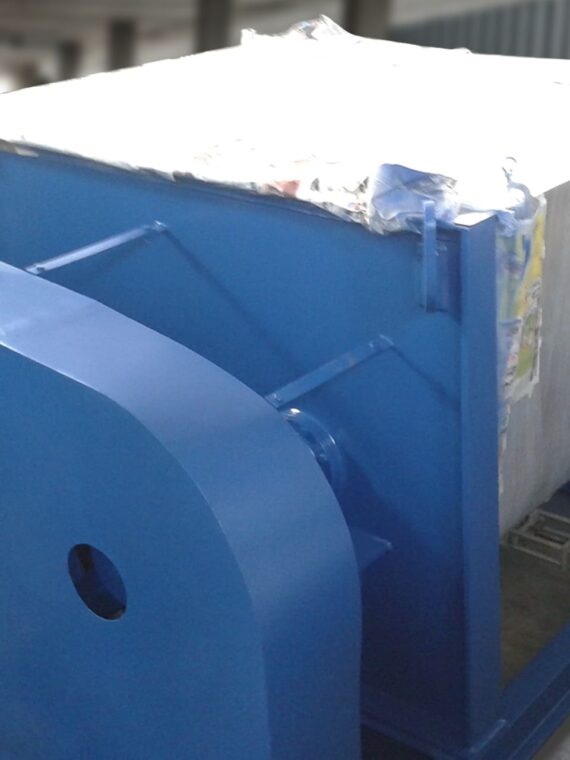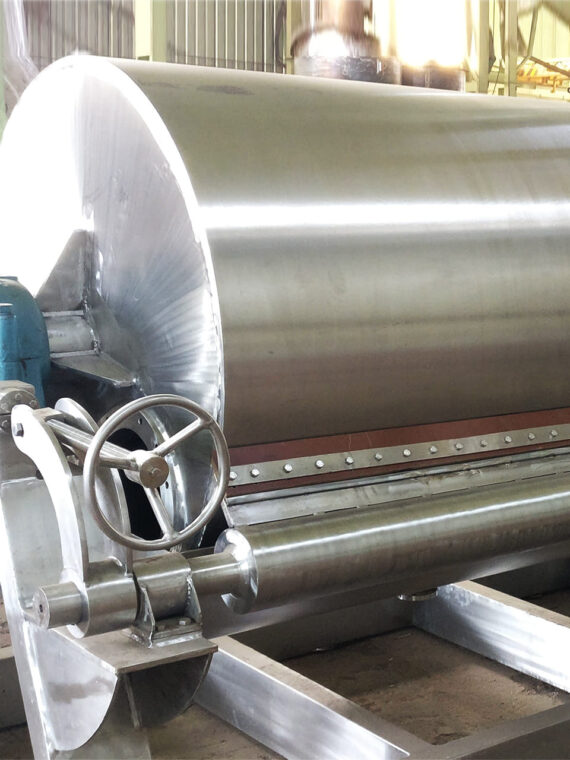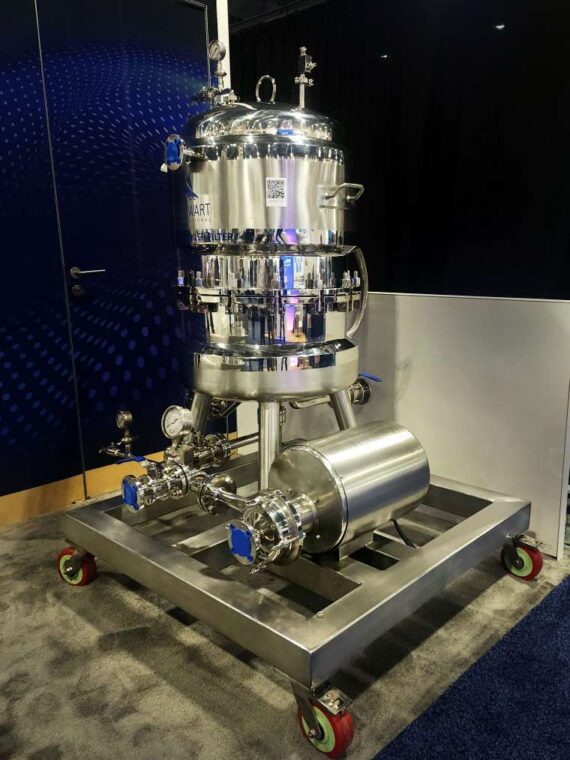In the chemical processing industry, sealed networks of pressure vessels and pipes function as fluid manufacturing systems. Raw chemicals flow through these systems and are processed by temperature, heat, and catalyzing agents into desired compounds and products, ready for market.
Stalwart International adheres to this operating model with pride and diligence. We utilize client-developed chemical manufacturing solutions and our custom-developed systems, employing ASME-certified equipment. Globally installed, tested, and commissioned, we exceed industry norms regarding safety and efficiency. However, since we’re talking about real-world problems and their solutions, there are projects where niggling site variables can introduce roadblocks, hampering envisaged system flow characteristics.
This article details a recent challenge we faced related to fluid viscosity in the lubricant and grease industry. However, our design team had the engineering expertise to quickly develop an elegant solution. By implementing our customized agitated vessel, built to meet exacting ASME standards, we kept production margins well within acceptable limits, ensuring consistent output. To illustrate our problem-solving ethic, let’s press the rewind button on this issue.
The design puzzler arose due to the following:
The existing equipment at a lubricant and grease processing facility was inadequate for handling and maintaining site cleanliness. This inefficiency resulted in product loss during transfer.
The Stalwart International solution: The Co-Axial Agitator
Installing a custom-designed co-axial agitator stage that facilitated the high-speed dispersion of stubborn process fluids. From the main lubricant flow to any lingering residues, the equipment maximizes flow, preventing product losses during transfer.
A deeper dive into the Co-axial Agitator solution
What was required for this project was a manufactured in India, 3 steps in 1 answer, and an efficient means of eliminating the need for energy-eating pumps and other supplemental equipment stages. Instead, the vessel itself was tasked with the job of optimizing the flow of what’s an inherently viscous, sticky chemical compound. Our chemist and client communicated process behavior and compound characteristics, highlighting the crux of the problem until a solution was roughed out and later refined into a high-performance mechanism.
The answer was our co-axial agitator vessel, a process framework that incorporated a conical shell as the initial viscosity guidance architecture for the mechanism. From there, an active limpet coil stage heated and cooled the process fluid, further reducing the time taken for fluid process transfer. At the heart of this dynamic viscosity transferal unit, a high-speed dispersion disc disseminated powder into the process. This required intelligent design engineering, as the various phases of the process compound must be blended into a homogeneous mass, a fully amalgamated fluid stream that can’t exhibit any signs of compound irregularity.
Augmenting the mixing of the reaction mass and eliminating “sticking” of the viscous lubricant during the process-critical phase change stage of the chemical reaction, a specially designed boxed gate anchor optimized mixing while a PTFE scraper kept the walls of the vessel free and clean. Put simply, the 3 steps into 1 design solved the inherently sticky nature of the compound, avoiding costly product losses during transfer.
As a manufacturer in India, Stalwart International is more than familiar with coming up with elegant and innovative chemical reactor solutions, and chemical vessels that incorporate multiple tasks in one affordable package. We engineered, installed and commissioned the gear described in this post, by the way. We’ll be relating more of these equipment impasses and the ASME-certified equipment solutions we provided to our client over the next few months, right here on this blog. We hope you’ll join us on our journey.


